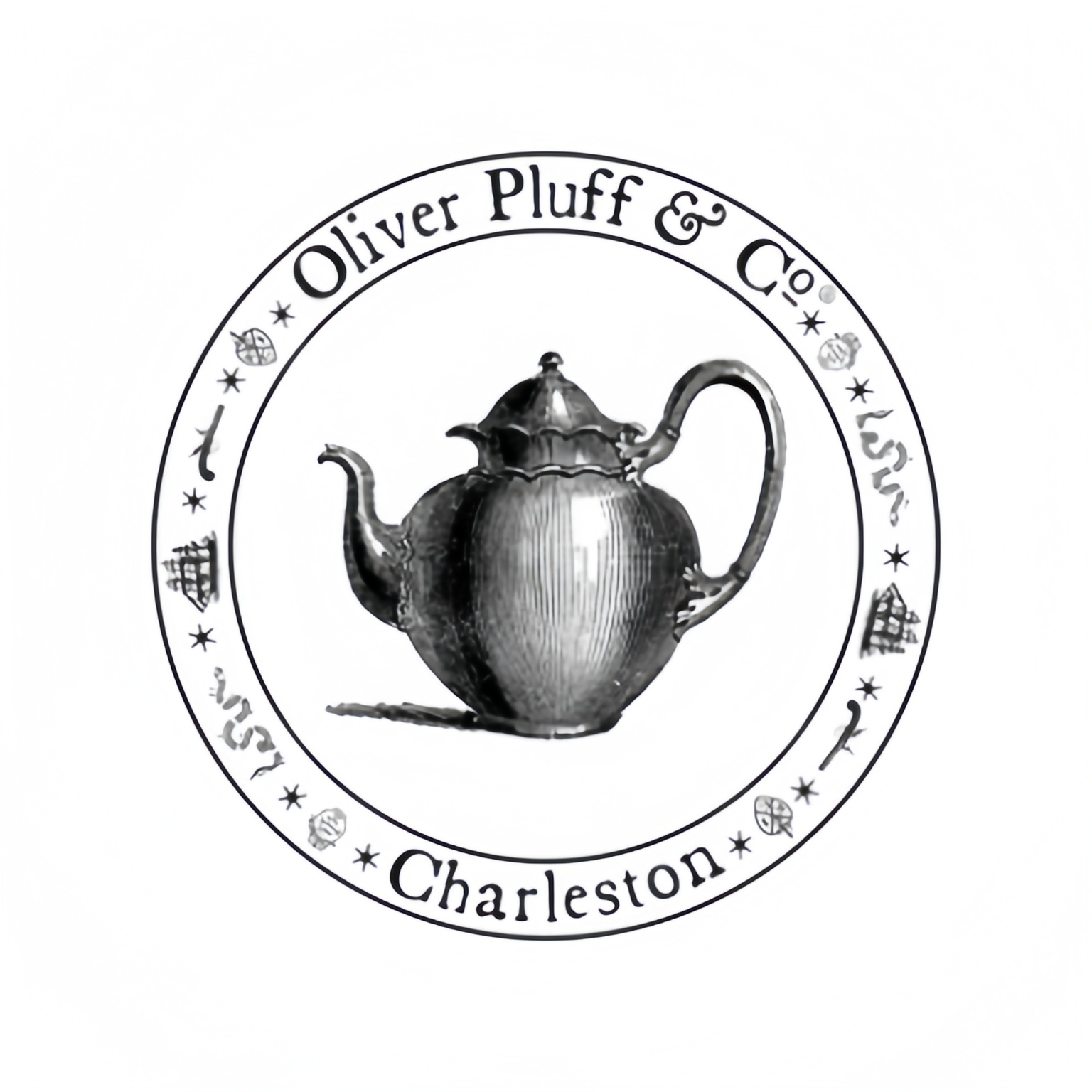Product Detail
Create your own zen moment with a traditional Chinese Yixing Zisha Teapot
Description
The ancient folk art of Yixing – teapots and teacups made from the unique Zisha clay found in Yixing, China creates the special Yixing teapots that have been used for centuries in China to brew Gongfu style tea.
Applications and Scenarios Expansion
What industries can have for?
Yixing Zisha teapots are associated with the tea industry and cultural goods sectors. They are primary tools in traditional Chinese tea practices (Gongfu Cha) and find significant usage in tea houses, cultural centers, and among tea enthusiasts globally. Additionally, they are significant in the collectors’ market and can be found in cultural heritage shops and museums. Apart from their function in the tea industry, they appeal to those interested in traditional crafts, artistic expression, and aesthetic beauty. Therefore, they can also be considered for home decorations and gifts, as well as for any educational or cultural dissemination purposes related to Chinese culture and arts.
What common problems can you solve?
Yixing teapots are noted for how they can improve the taste, aroma, and texture of tea, helping to solve the problem of drinking better tea. The Zisha clay is particularly porous (even after firing) and can absorb the tea’s aroma and flavor when it is brewed. This seasoning process (called yang hu () in Chinese) can lead to a more complex and richer flavor with repeated use of the teapot.
Therefore, one of the main problems the teapots solve is making tea taste less bland, caused by brewing in more non-porous vessels. Moreover, the clay retains heat very well, which can help keep water temperature more stable during brewing. This is crucial for brewing some teas like Oolong, Puerh, and black teas, which require higher temperature at various phases of preparation.
In general, using a Yixing teapot can help tea lovers brew better tea and develop affinity with the beverage.

FAQ
Here are some commonly asked questions regarding Yixing Zisha teapots:
Selection/Comparison Suggestions
Compare Yixing Zisha Teapots with:

Even within Yixing teapots you might compare different clays, such as Zisha (purplish-brown), Banshanlu (buff-colored) and Zhusha (deep orange-red), that each have slightly different properties and aesthetics. The style, age and artist can also dramatically change the value and performance of a given teapot.
| Feature | Yixing Zisha Teapot | Porcelain Teapot | Glass Teapot | Ceramic Teapot (Non-Yixing) |
| Material | Porous Zisha clay | Non-porous porcelain | Non-porous glass | Varies, often glazed and non-porous |
| Flavor Enhancement | Absorbs tea oils, seasons over time, enhances flavor 1 | Does not absorb flavor, provides a clean taste | Does not absorb flavor, provides a clean taste | Generally does not absorb flavor |
| Heat Retention | Excellent | Good | Fair | Varies |
| Aesthetics | Rustic elegance, develops patina, wide range of shapes 5 | Often delicate and decorative | Allows viewing tea leaves | Varies widely in style and quality |
| Recommended Teas | Oolong, Puerh, Black Teas 4 | All types | All types | Varies depending on material and glaze |
| Care | Rinse with hot water, no soap 1 | Easy to clean with soap and water | Easy to clean with soap and water | Easy to clean with soap and water |
Actual Cases/Customer Stories
While I don’t have specific customer stories from your product page, I can provide a hypothetical example based on the typical experience of using a Yixing teapot:
Case Study: The Oolong Enthusiast
A customer, Sarah, was struggling to get the full depth of flavor from her high-quality Oolong teas using a porcelain teapot. After purchasing a Chinese Yixing Zisha Teapot for Zen Moments, she dedicated it solely to her Oolong collection. Initially, the difference was subtle, but after a few weeks of daily brewing, she noticed a remarkable change. The teapot had begun to “season,” absorbing the floral and creamy notes of the Oolong. The tea brewed in the Yixing pot became noticeably smoother, less astringent, and the aromatic complexity was significantly enhanced. Sarah now finds her tea sessions more meditative and enjoyable, attributing the improved taste and aroma to her seasoned Yixing teapot. She appreciates the connection to tradition and the ritual of caring for her special teapot, making her daily tea time a true “zen moment.”



















Claire Anderson –
The texture and weight is pleasant. Brewing tea with this makes my morning practice feel intentional and calm.
Morgan Thompson –
I got this for my yoga studio and clients LOVE it! It says it adds warmth and peace to their post-practice tea.
Khalid Al-Mansouri –
This turned my quick tea breaks into deliberate pauses. The craftsmanship is exquisite—highly recommend!